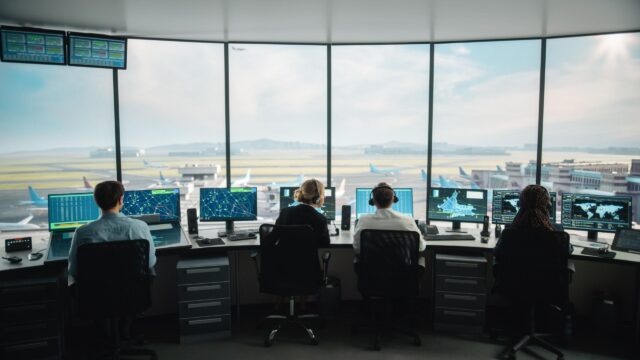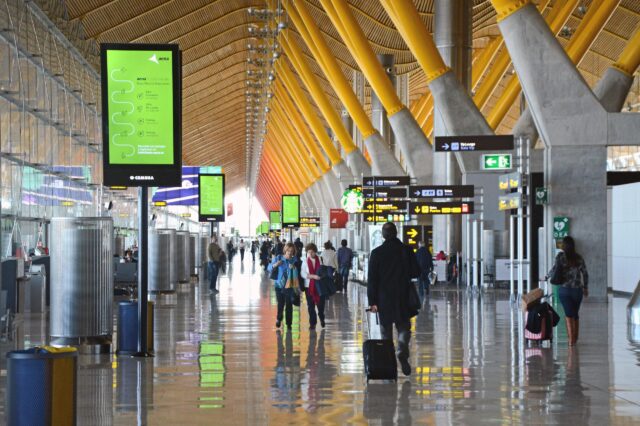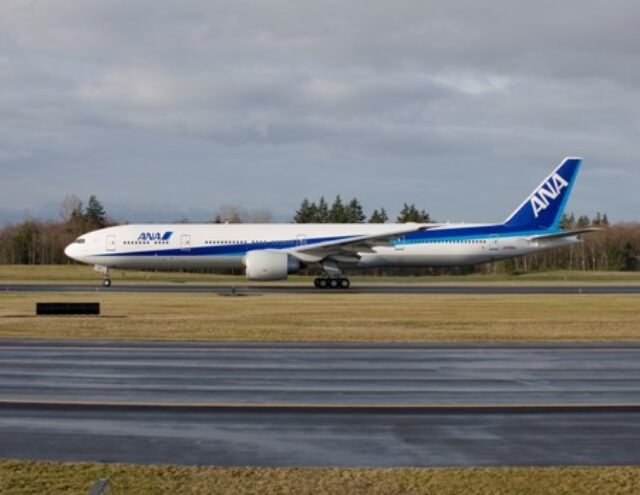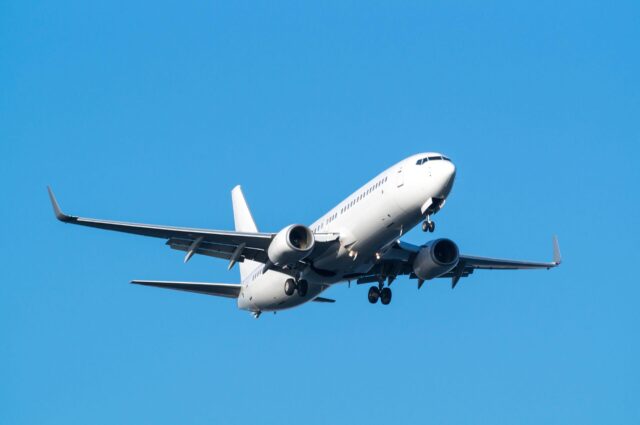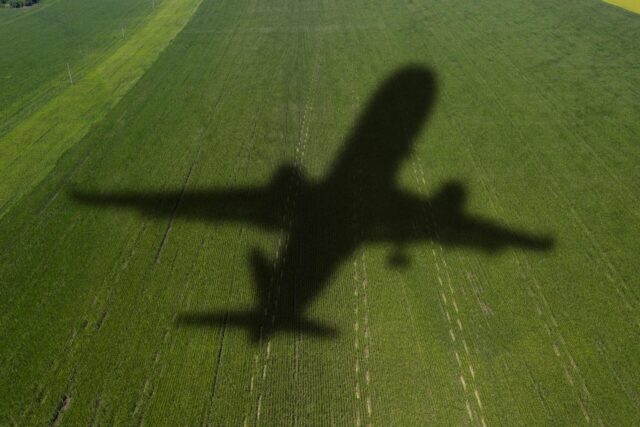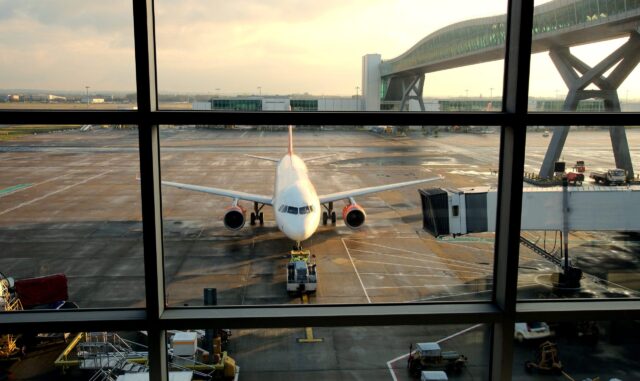Asia-Pacific and Middle East airports set for $240bn overhaul

April 16, 2025
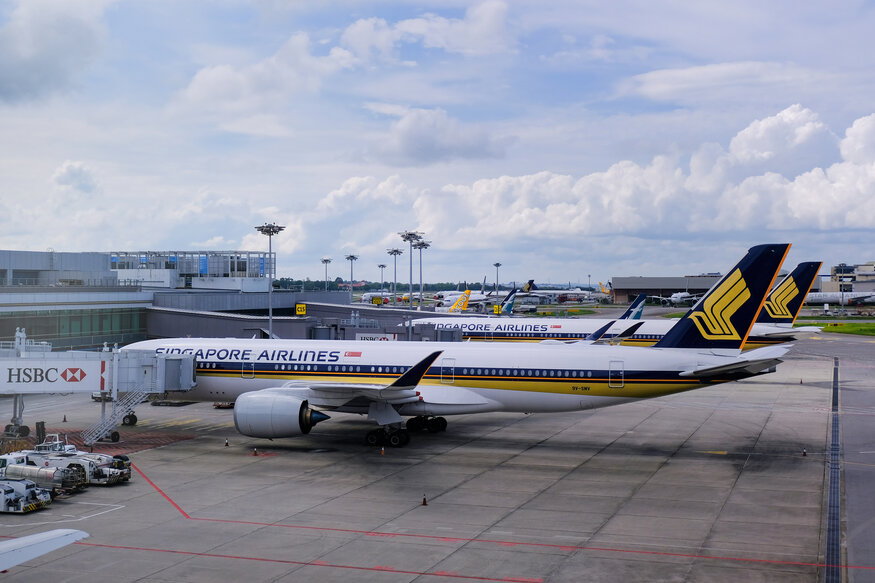
Airports across the Asia-Pacific and Middle East regions will see redevelopment investment totalling $240 billion over the next 10 years, according to Airports Council International (ACI) Asia-Pacific and Middle East.
Ambitious projects will see both the expansion of existing facilities and the construction of entirely new airports, responding to the growing demand for air travel and freight services.
According to the trade body representing over 600 airports across 46 countries, these investments will primarily focus on two key areas: modernising existing infrastructure and developing new facilities.
A survey conducted by ACI APAC & MID, which included more than 30 major airports in the region, revealed that the bulk of funding will go towards upgrading current airports to boost capacity, alongside the creation of new hubs to handle increasing passenger and cargo volumes.
The planned investments break down into two categories: $136 billion for the modernisation of existing airports, which will increase capacity by 680 million passengers and 14 million tonnes of cargo.
Meanwhile, $104 billion will go towards the development of new airports, adding 562 million passengers and 57 million tonnes of cargo capacity.
Together, these upgrades will enable Asia-Pacific and Middle East airports to cater to an additional 1.24 billion passengers, the equivalent of over 13 airports the size of Dubai International, the busiest airport globally for international traffic.
The boost in cargo capacity will be equally substantial, expanding by 71 million tonnes, a figure roughly 14 times the cargo handled at Hong Kong International Airport, the world’s leading cargo hub.
SGK Kishore, President of ACI Asia-Pacific & Middle East, emphasised the broader impact of this investment: “The US$240 billion investment is not just about concrete and runways, it’s about socio-economic development in the region. Enhanced passenger experiences will stimulate tourism and business travel, while bolstered cargo capacity will streamline supply chains, driving regional trade and development. We are committed to working with our member airports and stakeholders to ensure these investments deliver tangible results to the local and regional economies.”
Stefano Baronci, Director General of ACI Asia-Pacific & Middle East, noted that while these investments were essential for expanding capacity, they should not be seen in isolation: “The investment marks a critical step in transforming sector and delivering high-quality experience to passengers. The investment will create additional capacity in the medium-to-long- term. However, infrastructure development alone cannot support the growth to its full potential.
“In today’s increasingly complex economic landscape, we need the continuous support of governments to further liberalise air transportation and streamline visa policies across region. These are proven drivers of economic development. In contrast, protectionist measures ultimately hinder progress and limit opportunity.”
Looking further ahead, ACI predicts that by 2053, the Asia-Pacific and Middle East regions will handle nearly 11 billion passengers, a figure that represents a nearly three-fold increase from the 3.9 billion passengers expected in 2024.
To fund the ambitious expansion plans, adjustments to airport charges will likely be necessary, allowing airports to recover their investments and maintain high service standards. These charges will be carefully balanced to ensure affordability for airlines and passengers, while still supporting essential infrastructure improvements.
Sustainability and digitalisation will also be key components of the next generation of airports.
![USAF B-52H lands at RAF Fairford on July 17, 2024 [Khalem Chapman]](https://aerospaceglobalnews.com/wp-content/uploads/2026/01/B-52H-01-Khalem-Chapman-scaled-640x0-c-default.jpg)
